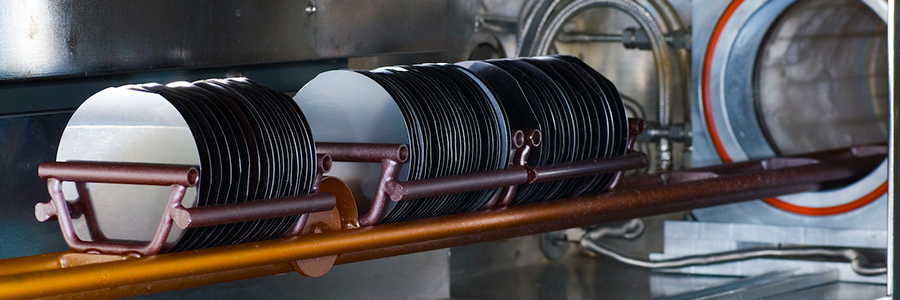Network equipment manufacturers—and their customers—are facing a crisis. Silicon is in short supply. So the computer chips made from silicon are hard to get. If you can get them at all, it takes a long time. Like, a year. That means lead times on orders from technology manufacturers are extremely long.

Long lead times for silicon chips are impeding production all across the telecom and network equipment industry. Many manufacturers have been forced to raise prices. Intel and IBM officers suggest the chip shortage could last two years.
What Happened? Well, it all goes back to the semiconductor assembly line, which depends on silicon as raw material. The explosion of work-at-home caused skyrocketing demand for laptops, tablets, webcams, and such. Meanwhile, the lockdowns forced some chip factories to pause production. On top of all that, some tech firms resorted to stockpiling and advance-ordering computer chips, further exacerbating the component shortage.

Bad Timing. Fomented by the Coronavirus pandemic, the computer chip shortage is happening precisely when more and more people need to work remotely because of health concerns. That means companies need more equipment to support telework: internet telephony, audio-video, web-conferencing, and so on. Sadly, hardware manufacturers have been hit hard by the silicon supply-chain bottlenecks.
Fire and Storm. More recently, severe weather events made things even worse. A major winter storm in Texas and a fire in Japan forced semiconductor factories to close, causing further delays.
 Semiconductor Microchip Assembly Line
Semiconductor Microchip Assembly Line
In such a supply-chain crisis, what can be done to provide the necessary customer premise equipment (CPE) products businesses and service providers need to continue—and expand—operations?
What NOW!? Companies are looking for alternatives. Virtual session border controllers (SBC) and similar cloud-hosted or software-only products can help address business requirements in a time when hardware-based networking devices are hard to come by. Such virtualized solutions give profit and non-profit organizations new ways to implement their IP-telephony and unified-communication projects using high-performance virtual customer premise equipment (vCPE)—even during the manufacturing crisis caused by the global chip shortage.
Why choose a virtual CPE?
During the current pandemic with mandated lockdowns, home and remote offices are proliferating. Companies the world over are migrating existing telephone systems to unified communications and collaboration (UCC) solutions. Microsoft Teams, for example. These All-IP systems require an SBC to provide security and quality of service, along with many other necessary functions. Patton’s virtual SmartNode (vSN) is interoperable with just about every UCC product on the market, and provides flexible licensing that enables rapid adaptation to accommodate an organization’s fluctuating communication needs.
OpEx versus CapEx. Deploying virtual CPE eliminates hardware acquisition costs, also known as capital expenditure, or CapEx. Instead, operating costs (OpEx), in the form of software licenses fees, come into play. Such operating costs are easy to plan and flexibly adjust as system capacity requirements change. The Patton Cloud makes it easy to scale up or down the system capacity—and the commensurate operating cost—over the internet, from any location in the world.
Zero Touch. By providing quick and easy CPE configuration with zero-touch provisioning. the vSN combined with the Patton Cloud significantly reduces technical support costs.
Get it NOW! The best thing about it in the current seasons of hardware delivery bottlenecks, Patton vCPE solutions are available now. No lead time. No delays. No shipping costs.
The Virtual SmartNode (vSN) is a virtual CPE, designed to run in virtualized enterprise networks, telephony service provider data centers, cloud-provider infrastructure, and other environments. The vSN can act as a session border controller (SBC) for SIP Trunk solutions, an IP access router, or a VPN server.
>> Free Virtual SBC during the initial trial period
As a purely OPEX solution, the vSN can also act as a gateway between IPv4 and IPv6 networks to provide interoperability. Patton’s virtual CPE eliminates the hardware limitations that often impede application performance. One centralized portal delivers multiple solutions.
>>Virtual SmartNode: Virtual Customer Premise Equipment (vCPE)
What did you think?
- How much trouble is your organization having with intolerable lead times on hardware orders?
- How would a virtual CPE solution make life a little bit easier for your people to continue operations?
Please share your thought in the comments below.


